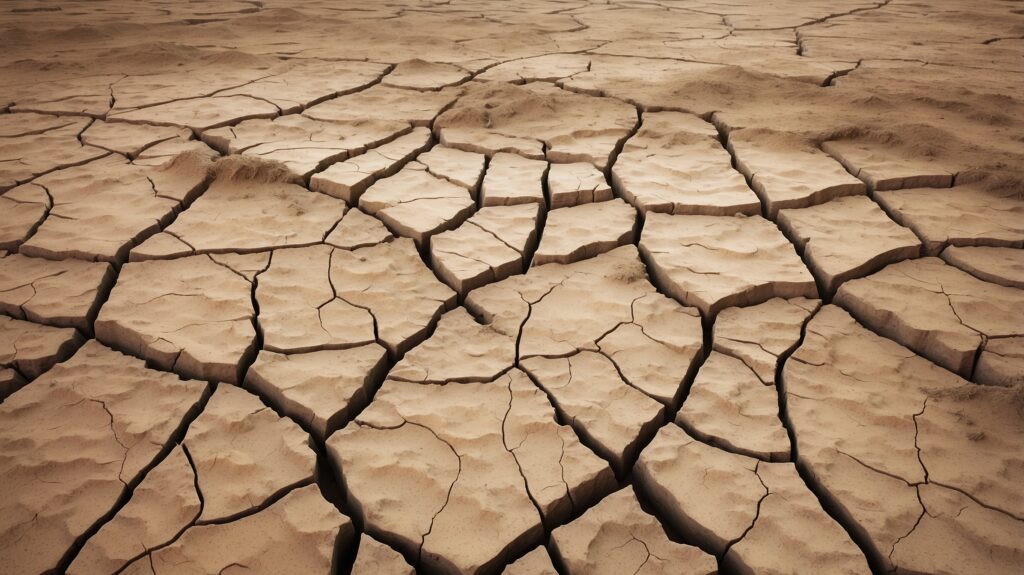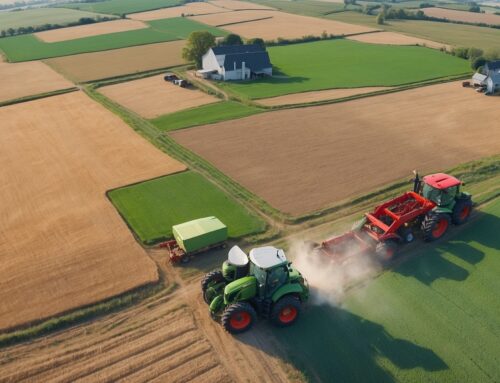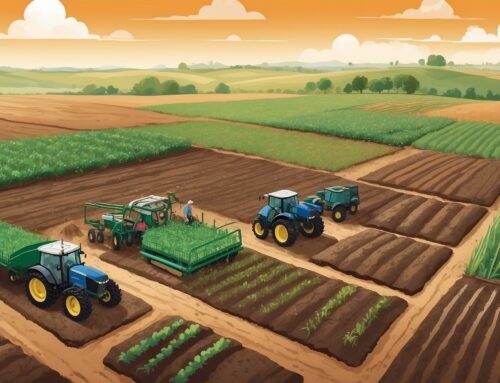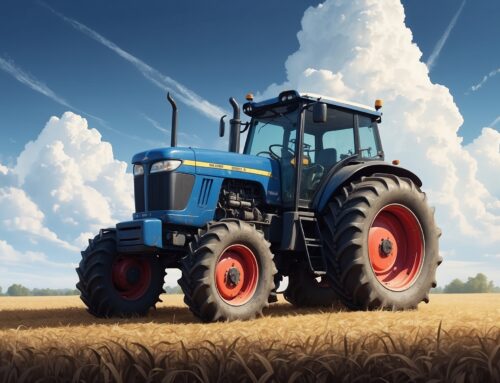Hey there, fellow farmers! If you’ve ever thought, “It’d be real nice if I could get a weather forecast that actually makes sense for my farm,” well, you’re not alone. We all know that regular weather forecasts are about as reliable as trying to guess what Aunt Sally’s bringing to the potluck—sometimes it’s close, sometimes it’s way off. Luckily, IoT (that’s the Internet of Things, for anyone who’s just catching up) is helping make weather predictions more precise, and that’s a big win for all of us trying to work the land.
Let’s take a moment to see how IoT is stepping in to improve the accuracy of weather forecasting and why that’s a game-changer for us and our fields.
Forecasts for Your Farm, Not the Neighbor’s
We’ve all been there: you’re staring at the weather report, and it says 70% chance of rain. You decide to hold off on irrigating, and… nothing happens—not a single drop of rain. Meanwhile, your neighbor half a mile down the road gets drenched. Thanks, generic weather forecast.
But with IoT, we’re talking about hyper-local weather data that’s specific to your farm. Sensors set up all over your property track everything from temperature to humidity, wind speed, and soil moisture levels. This data gives you real-time information on what’s happening in your field—not the next county over. Plus, when all those sensors are connected, they can help create a much clearer picture of what’s likely to happen in your little corner of the world. So, when the forecast says “20% chance of rain” and your sensors say it’s bone dry, you know exactly what to do.
Letting the Data Speak for Itself
Here’s the deal: IoT sensors on your farm don’t just passively sit there, they’re gathering data 24/7. When all that data gets plugged into the latest and greatest AI-powered forecasting models, we get better insights—not just generic forecasts for the area but predictive insights for your exact coordinates. It’s like having a weather station right in the middle of your cornfield that knows how every gust of wind or change in temperature might affect things.
If a cold snap’s coming, or if humidity levels are rising, IoT systems are there to keep you ahead of the game. Those traditional forecasts might cover a general region, but IoT makes the difference between watering your crops before a dry spell or ending up with cracked soil because you waited for rain that never came.

Smarter Irrigation with Better Forecasts
Good weather predictions aren’t just about whether you should wear a hat or a raincoat—they’re about efficient resource use. With IoT-driven forecasts, you get information that can make or break your irrigation plan for the week. You’ll know if you’re likely to get enough rain to keep your soil happy or if you need to crank up the irrigation to avoid wilting plants.
This means no more rolling the dice with watering schedules. You can set your irrigation plan based on what’s actually needed, not what’s maybe going to happen. And if the forecast shifts, your IoT system can automatically adjust to keep your crops healthy and prevent overwatering, saving you time and precious resources (because we all know water’s not getting any cheaper).
Less Guesswork, More Growing
One of the biggest frustrations in farming is the guesswork. Do you irrigate today or wait for the storm? Should you plant now, or is a frost just around the corner? The integration of IoT with weather forecasting reduces that guesswork, replacing it with reliable data. It lets you make decisions based on science, not on “well, it feels like it might rain.” We’ve all been there—sometimes it’s spot-on, and other times it’s a mess. The thing is, IoT isn’t swayed by feelings; it’s giving you data-driven decisions.
And this isn’t just about better growing seasons—it’s about reducing costs and risks, too. If you can avoid a failed crop because you’re armed with better weather information, that’s money saved, headaches avoided, and ultimately, more profit in your pocket.
A Weather Report Your Grandkids Will Envy
Let’s face it: the future of farming is looking different. We’re not just relying on the Farmer’s Almanac anymore, though that old book still has a place on the shelf. Now we’ve got data streaming in from all directions, turning farming into a mix of old-school hard work and cutting-edge technology. With IoT-enhanced weather forecasting, we’re building a world where we know more, grow more, and waste less—leaving healthier soil and better practices for our kids and their kids.
In the end, farming has always been a mix of art and science. Thanks to IoT, we’re tilting the scales more in favor of science—with weather data that helps us farmers sleep a little easier at night. (Well, as easy as one can sleep, knowing there’s always something that needs doing in the morning!)
So here’s to fewer surprises and more control over what’s happening in our fields. Stay ahead of those rain clouds, folks, and keep growing smarter!





